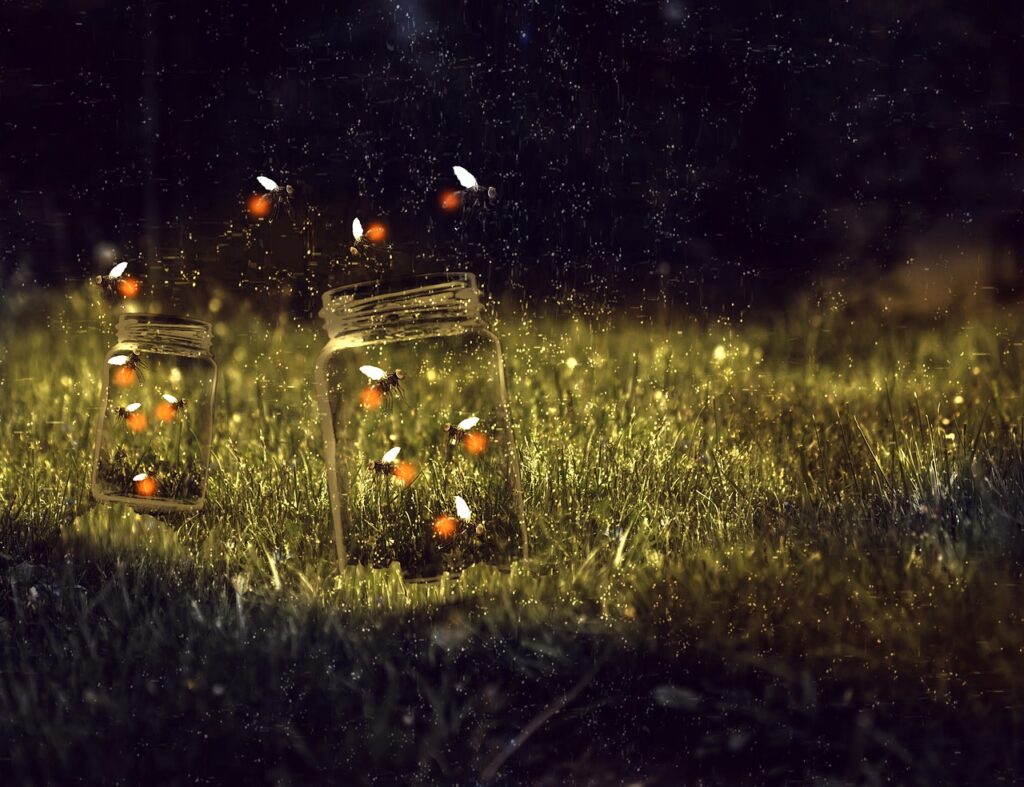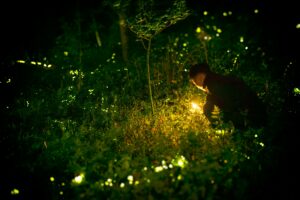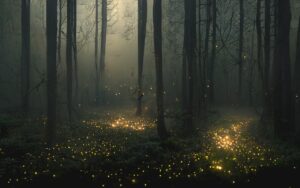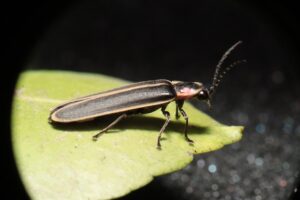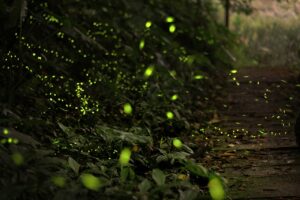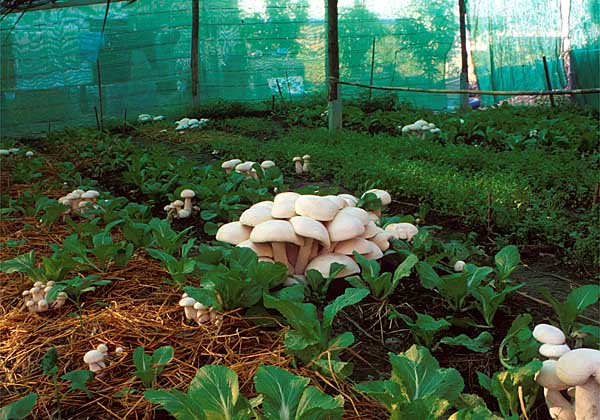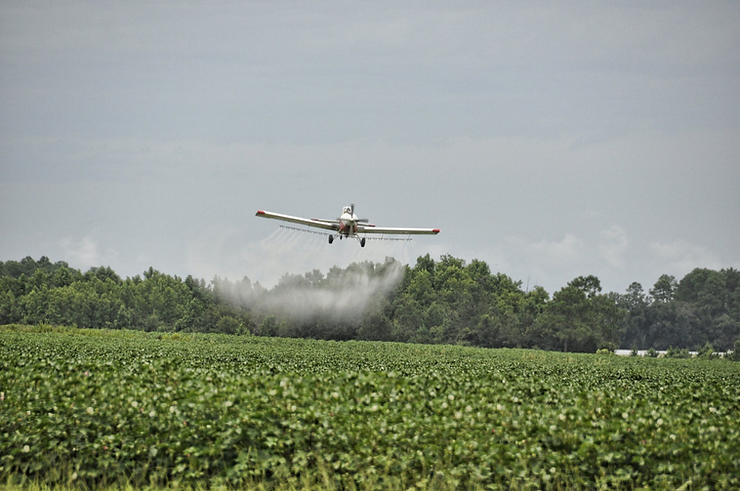The Magic of Fireflies/ Protect Their Spell!
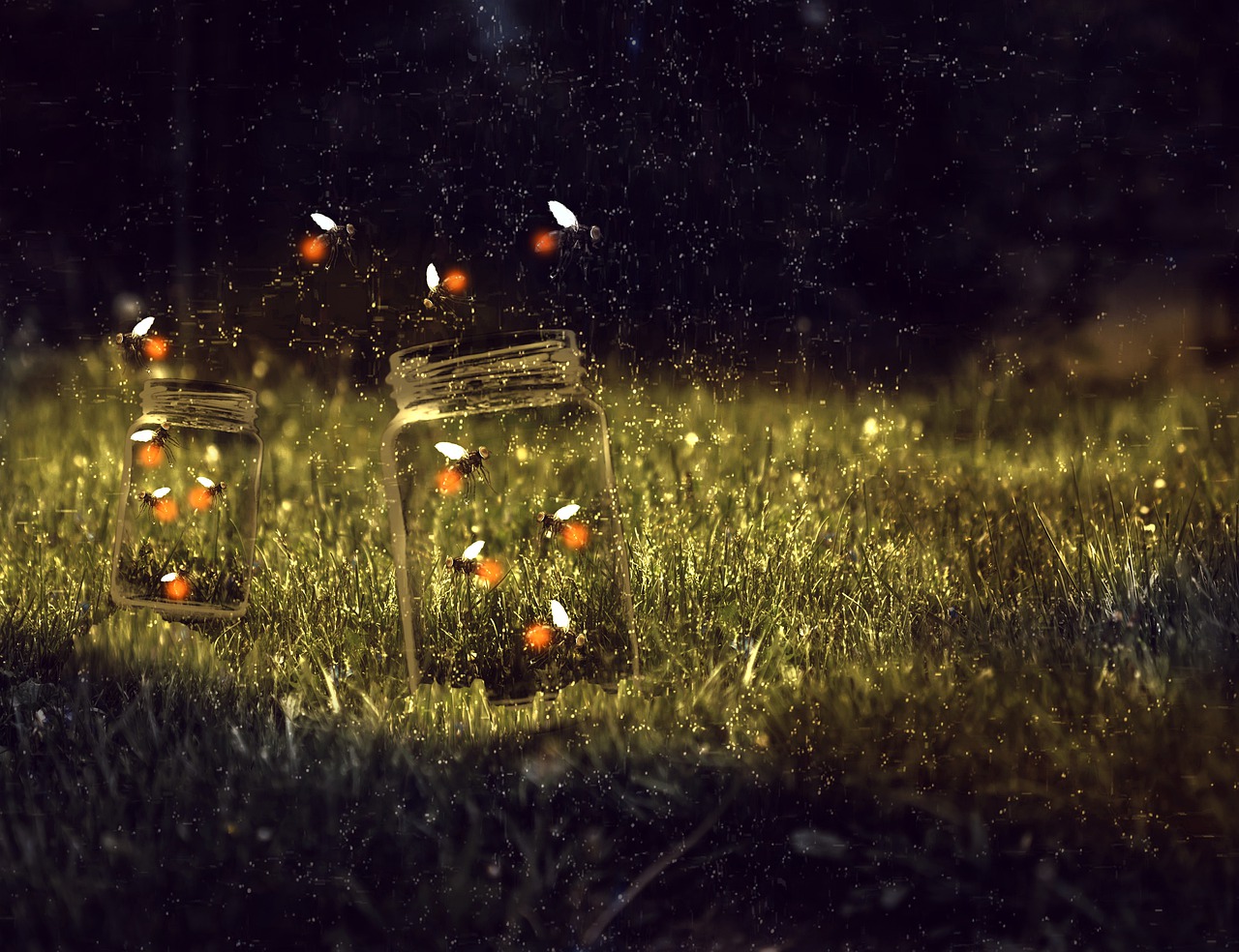
As a child growing up in a more suburban/rural area, I remember spending numerous summer nights catching and releasing fireflies; although we then called them lightning bugs. It was one of my most enjoyable evening activities before being sent to take a bath and go to bed. The magic of fireflies has transcended the centuries. They have been found in paintings and writings for over 1000 years. From Shakespeare to Chinese and Indian writers, fireflies symbolized light, hope and the ephemeral nature of beauty. They are often associated with love and romance. Native Americans thought fireflies were created to provide hope and inspiration. Japanese legends hypothesize fire flies are spirits of warriors. Recently, firefly numbers have been on the decline. Read on to learn more about the magic of fireflies and how you can protect their spell.
(Some of the links within this post are affiliate links on which I receive a small compensation from the sale of certain items with no extra cost to you.)
(As an Amazon Associate I earn from qualifying purchases.)
What are Fireflies?
Fireflies are not flies at all but are actually soft-bodied beetles. They belong to the Lampyridae family with 2000 known species throughout the world, most of which illuminate in the evening to attract mates. They are commonly called fireflies, lightning bugs, or glowworms. Adult fireflies live from a couple of days to 2 months.
Fireflies and/or lightning bugs fly in the air, however the female glowworms do not fly and resemble larvae that remain on the ground. They use bioluminescence to glow and attract flying males in order to reproduce. The light emitted by fireflies generates almost no heat and they are most active at dusk and at nighttime.
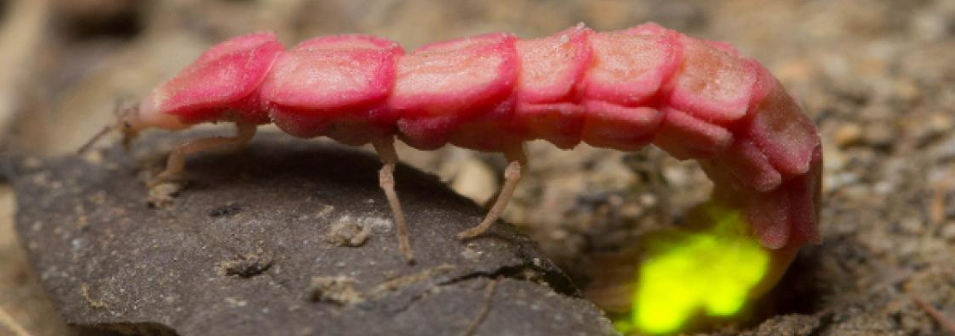
Each species has their own signature flash of light and glow which allows them to reproduce with their own kind. This distinct flashing power illuminates at specific time intervals. In addition to the flash of light, the color of the flash also varies slightly. The males communicate with the females by producing more vivid and longer lasting flashes. If the females like what they see, they will flash back and begin the mating process.
Habitats
Different varieties of fireflies require different habitats. However, they all require warm, humid and wet environments. Such habitats include wide open spaces, marshlands, and woodlands. They are most noticeable at a woodland’s edge.
The Magic of Fireflies…Benefits
Fireflies have been studied and researched throughout the years. The chemical producing the firefly’s glow is called luciferin (from the Latin word Lucifer which means light-bearer). Luciferin is a genetic term used to describe a light-emitting compound that generates bioluminescence. This compound has been used in cancer research to study tumor growth. It has also been used to detect contamination in food, and to understand specific diseases such as HIV and Parkinson’s. “Fortunately, no fireflies or marine organisms are injured in the process. Instead, researchers synthesize the chemicals. They are then able to use the light emission from the reaction to visualize tumors.”
Side-Bar…Keep in a Jar For Only a Few Hours
As a child, I caught fireflies and put them in a jar with a few holes punched in the lid. However, after researching fireflies, I found the best way to observe them is putting them in a glass jar with a damp paper towel, moist coffee filter, or a piece of apple in the bottom and then twist the lid on without punched holes. This keeps the firefly hydrated. By allowing fresh air in the jar through holes, you are actually drying out the insect and causing it to become weak and perhaps die once released.
Also, observe the lightening bugs in a jar for only a few hours and then allow them to escape. They have a rather short life span and need to find a mate and reproduce during that time.
Catching and releasing fireflies allows a good opportunity for young children to get acquainted with insects. Many are fearful of “bugs”, but observing fireflies in glass jars helps children to overcome their anxiety and lays a foundation for people to live in harmony with insects.
Watch the magic of fireflies in the woods of Congaree National Park in central South Carolina.
The Magic of Fireflies – Who Turned Out the Lights??
I don’t know about you but in recent years I’ve noticed that there aren’t as many fireflies around as when I was a child. Sadly, yes, there has been a marked decline in fireflies in some regions around the world. According to the Firefly Specialist Group of the International Union for Conservation of Nature (IUCN), there are at least 18 species in North America that are “at risk of extinction.”
Reasons Firefly Numbers are Declining
- Habitat Loss – More people bring more development. Forests, meadows, and marshlands are being developed at a record pace. These areas are ideal for fireflies to thrive. However, development results in destruction of their habitats.
- Ground Disturbing Activity – With more development comes ground disturbing activity. It not only interferes with carbon extraction from the air, but disturbs the glowworm larvae of the firefly.
- Pesticides – The use of harmful pesticides for mosquito control and agricultural not only kills off pests that irritate us or are harmful to crops, but has also destroys innocent and beneficial insects such as fireflies, ladybugs, butterflies, and honeybees.
- Light Pollution – Many of us are now illuminating our yards with outdoor lighting in the evenings. This adds a very warm and cozy feel to our yards, however, it also interferes with the fireflies’ mating ritual.
- Climate Change – Increased flooding along with excessive temperature swings has also caused habitat loss and lost food supplies for the firefly.
- Firefly Tourism – Trying to experience fireflies at their finest has become quite popular. As a result, habitats of fireflies are being trampled by curious tourists.
Have a “firefly experience” by clicking the video below.
How to Protect Our Fireflies
Below are ways you can help protect fireflies’ habitats to enable future generations to appreciate these “enlightening” creatures.
- Limit use of pesticides. Instead of using harmful, broad spectrum sprays, try a more natural spray such as Earth’s Ally. If you hire someone to spray your yard, be selective on where they spray. Do not allow them to spray any native or wild areas.
- Grow native plants. Native plants retain soil moisture and prevent runoff. They are also low maintenance.
- Dampen light pollution. If you have to illuminate your yard, use a timer to limit the amount of time the lights are on. Too much light prevents fireflies from communicating with each other, hence, they cannot mate. If you must have a light on, use softer red bulbs that interfere less with the fireflies’ mating ritual.
- Create a habitat for fireflies. When you trim branches or rake leaves, gather them in an area where it will decompose and add nutrients to the ground. Larvae and insects thrive on this food.
- Leave leaves on the ground. They provide food and shelter.
- Reduce the grass area in your yard. Instead of having a lush green yard full of grass, create a large winding area filled with native plants and grasses. There will be much less for you to maintain!
- Keep grass level high. Mow less often and raise the blade in your mower to 3 inches. This prevents your grass from burning out in the “dog days of summer” and will protect fireflies, bees, and other insects.
- Avoid chemical fertilizers containing ammonia. Ammonia kills insects on which the larvae feed.
- Avoid soil disturbance.
- Lastly, remove and control invasive plants. Invasive plants like the common reed near waterways and riverbanks kill off native plants that larvae use as food.
For more information on fireflies, check out the video below.
The Magic of Fireflies – Protect Their Spell
I have to admit, this summer season has brought more fireflies to my tiny backyard. It is due to the much wetter spring and early summer months in my area. However, like I said, in previous summers the fireflies were MIA. By following some of the suggestions listed above, we can help save these magical beetles for future generations to enjoy.
I hope you enjoyed this post. Please share it with friends and family and leave a comment below. I’d love to hear from you!
Happy Gardening,
Nina
bestgardeningforbeginners.com
bestgardeningforbeginners@gmail.com

